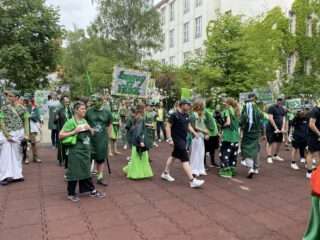RESEARCH
A Synthetic collaboration between me and A.I. within #FondsDaku
As part of my research on the application of AI in the performing arts, I worked in four phases: (a) Technology Understanding, (b) Collaborative Conversations, (c) Application Experiments, and (d) Artistic Methodology. My goal was to explore the potentials and limitations of AI in stage design and to apply it in innovative ways, developing new workflows where appropriate. In doing so, I characterized the different applications of AI separately in order to develop specific use scenarios (text development, processes, image development, linkages). My focus was first on exploring conversational AIs such as ChatGPT (LLMs) and understanding “prompt design”. The results were later used to work further with an image AI.
Tools for dramaturgical & visual processing of “Die Regentrude”
During the learning and testing phase of various AI applications, I was commissioned to design a stage design for “Die Regentrude” (Theodor Storm) for the Summer Theater Festival in Brandenburg 2024. The workflow I developed was put to full use here, and the integration of text-based and visual, AI, proved enormously valuable. By combining traditional theater text with modern AI tools, I was able to create an innovative design concept that was both visually appealing and dramaturgically profound. In order to gain new levels of understanding and to use these for mediation for actors who are not yet familiar with the literature at the beginning of a rehearsal process, I began to create visual translations about the text and the relationships of the characters.
LINK to Projekt Gutenberg -> „Die Regentrude“ by Theodor Storm
Learning about prompt design was crucial to my research. Texting with AI emerged as a tool that can complement traditional methods, but mastering this takes time. Despite the rapid development of AI technology during my three-month research period, I had to narrow my focus to keep up. A significant update even allowed for data analysis and translation into visual and statistical sets, adding a new layer to the project.
Stage Design
Visual AI
An aesthetic mood board with narritives and transformations of Die Regentrude
In the learning process with visual AI, specifically the Midjourney model, I began by grasping its basic functions and parameters. After initial applications and evaluating the quality of the output, I moved on to fine-tuning. Using specific prompts helped optimize the results. Eventually, I was able to leverage the model’s advanced capabilities to create highly personalized visual works.
After an in-depth dramaturgical analysis with ChatGPT, which I will elaborate on in greater detail shortly, I delved deeply into the narrative structure of Die Regentrude. This analysis allowed me to identify a multitude of complex elements in the work that are invaluable for designing a stage set.
Especially striking were the spatial, atmospheric, and transformative moments within the piece. These moments have the potential to offer the audience an impactful experience and to underscore the emotional and thematic focal points of the work.
Upon close examination, I was able to categorize these moments into the following locations relevant for stage design:
- The Forest: A place of mystique and the unknown, serving as a backdrop for many key scenes.
- The Village: A symbol for community and daily life, sharply contrasting the supernatural elements of the piece.
- The Regentrudes Garden & Fountain: A magical, almost sacred space that reflects the characters’ inner transformations.
- The River: A dynamic element offering opportunities for transitions and transformations, symbolically representing the transience of life.
These locations serve not only as physical spaces but also as metaphors for various aspects of the narrative. Their skillful integration into the stage design would contribute not just to the visual, but also to the emotional and thematic depth of the piece.
Village & Church
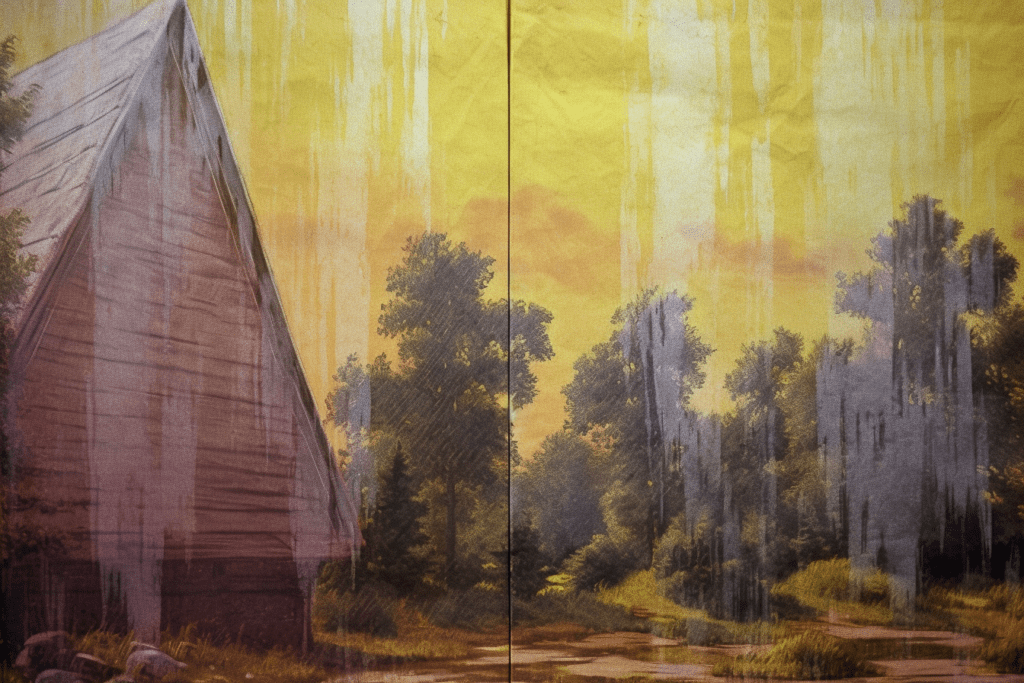



Village lime tree & Departure




Willow Dam & Water Flow | Transition & Transformation


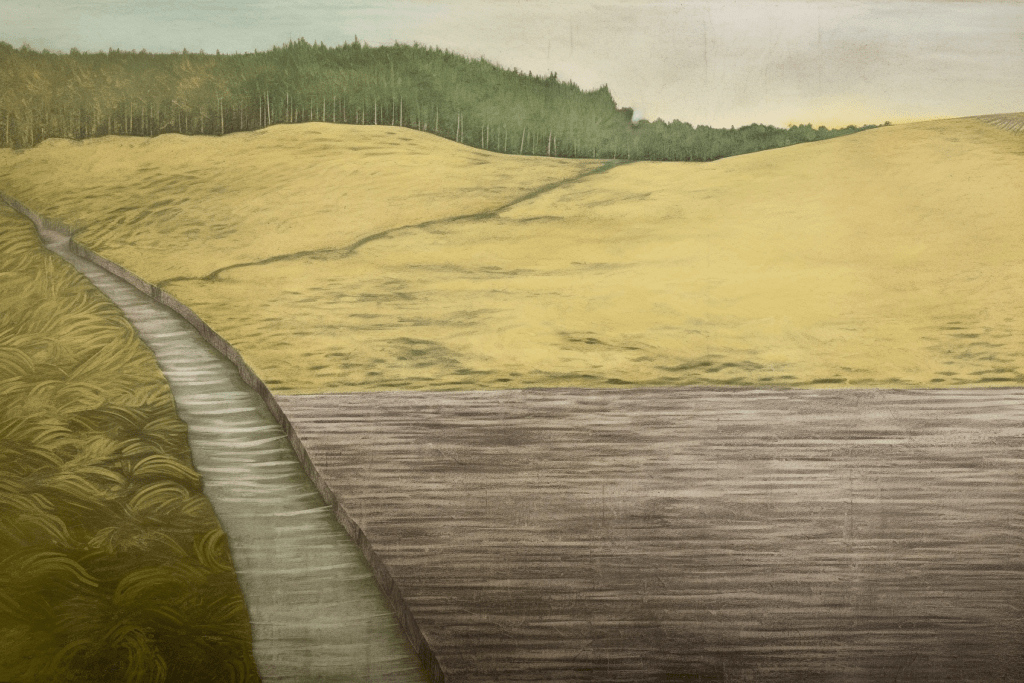

Descent into the cave | garden & fountain of the Regentrude



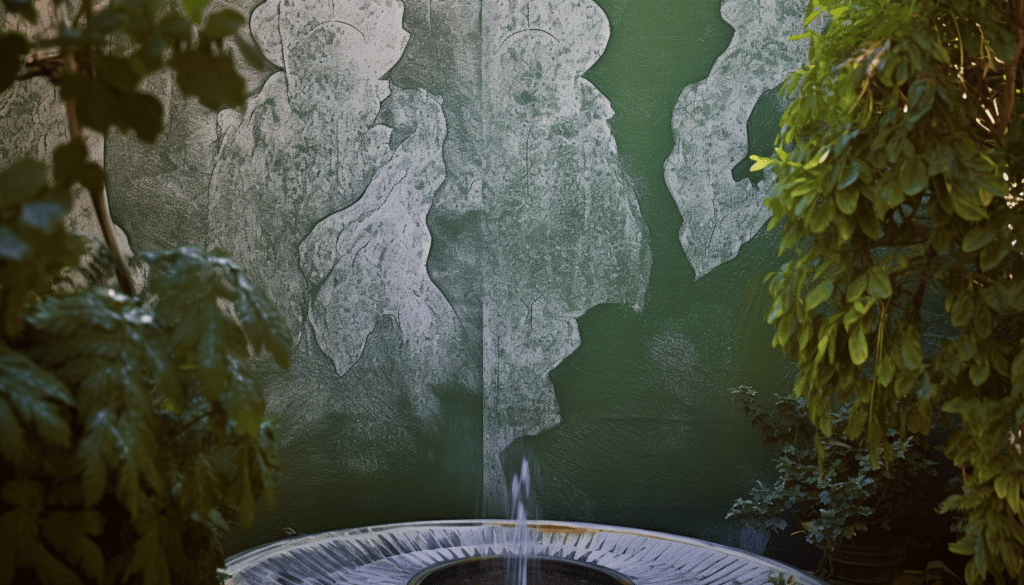
The rain is back | The village is saved



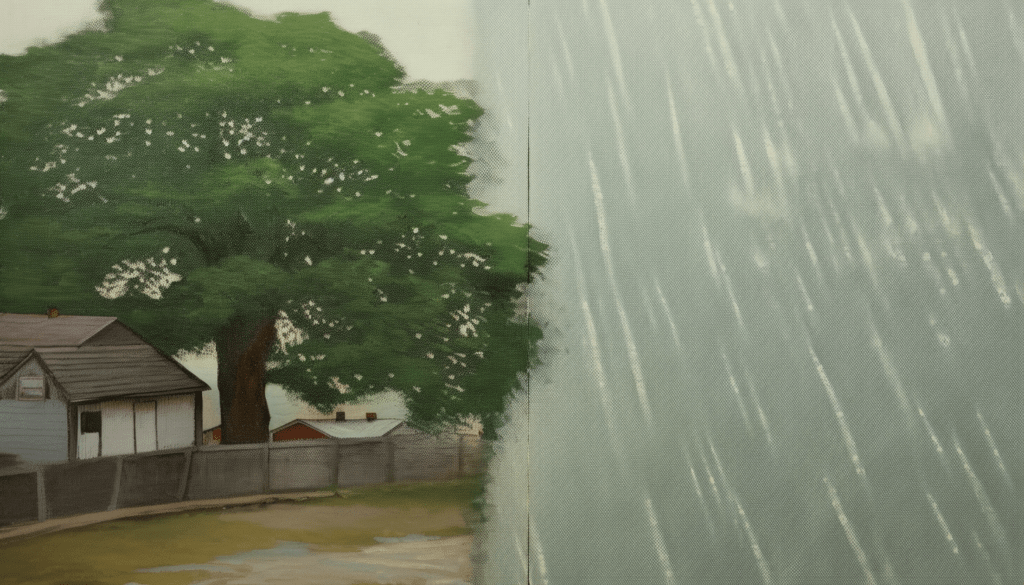
Dramaturgy
From WOW-Effect to “Code Interpreter” Analysis
Visual text analysis


Topics in “Die Regentrude”
The story “Die Regentrude” by Theodor Storm is a fairy tale that focuses on the relationship between humans and nature, as well as the transformative power of love and community. Maren, a young woman, sets out to find and awaken the Regentrude to end the drought in her homeland. She is accompanied on her journey by Andrees, whom she loves and ends up marrying.
Main Themes:
- Man-Nature Relationship: the text shows man's dependence on nature and how forgetting ancient traditions and wisdom can lead to problems.
- Transformation: Both Maren and the Rain Dove go through a transformation. Maren becomes more self-confident, and the Rain Dove is freed from her lethargy.
- Community and Love: The relationship between Maren and Andrees serves as a catalyst for positive change, not only for themselves, but also for their community.Symbolism:
- Water as a source of life and a symbol of change.
- The key that gives Maren access to the rain dove represents the opening of new possibilities.
- The meadows and fields symbolize fertility and life that can only be restored through the intervention of Maren and the rain dove.Concluding Thoughts:
The narrative is a plea for a respectful relationship with nature and the need to preserve traditions and ancient knowledge. It also shows how individual acts can have far-reaching positive effects on a community.
Interactive storyline
Introduction
- Maren and Andrees are introduced; drought in village
Conflict
- Maren and Andrees search for the Rain Drude; first encounter with Trude.
- Maren and Andrees decide to wake up the raindrude
Climax
- Maren wakes the raindrude; the rain begins
- The Rain Drude leads Maren and Andrees through her magical world
Resolution
- Return to the village; wedding of Maren and Andrees
- Closing remarks and blessing of the rain dove for the couple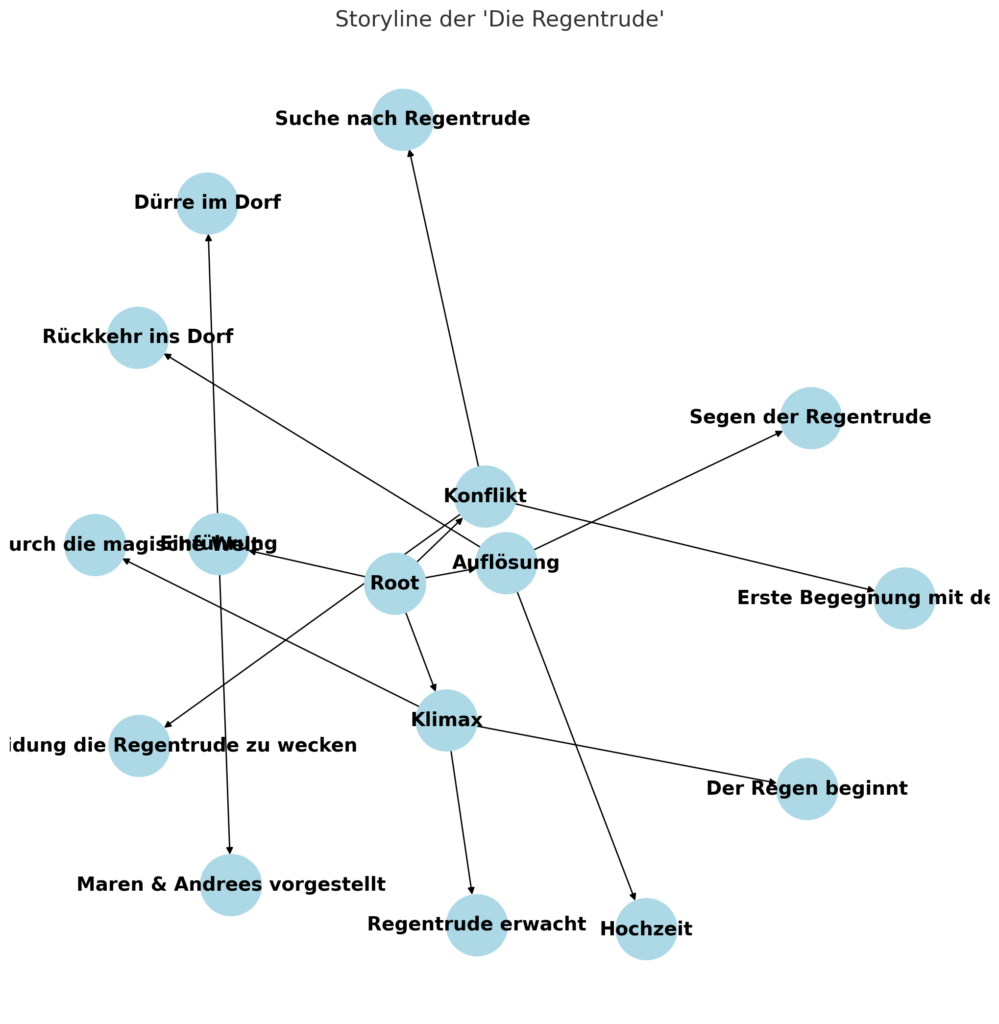
Characters and relationships

Network




Sentiment analysis
- Most characters have a neutral to negative mood, reflecting the grim theme of the story.
- Subjectivity is generally high, indicating complex emotions and relationships among the characters.

Main characters development: Maren & Andrees

The graphs above represent the development of traits for the two main characters, Maren and Andrees, at six different points in the story:
- Beginning: The start of the story when the drought is introduced.
- Awakening Regentrude: When Maren successfully wakes up Regentrude.
- Regentrude’s Garden: Maren’s interactions with Regentrude in her magical garden.
- Returning Home: After the rain begins and they return home.
- Wedding Prep: Preparing for their wedding.
- Wedding: Their actual wedding.
Observations:
Maren
- Courage: Increases consistently, especially after awakening Regentrude.
- Curiosity: Peaks during her time in Regentrude’s garden.
- Love: Increases towards the end, particularly leading up to her wedding.
- Empathy: Shows gradual growth, particularly in her interactions with Regentrude and others.
Andrees
- Support: Increases gradually, particularly when he understands the importance of Maren’s journey.
- Loyalty: Remains high throughout, peaking at the wedding.
- Patience: Increases but takes a slight dip towards the end, possibly due to the stresses of the wedding.
- Groundedness: Stays quite stable, showing his dependable nature.
These visualizations give us insights into how the characters evolve and interact with the changing circumstances and challenges they face.
Space & Time
Geospacial Mapping
Here is a fictional map representing the locations of the action in the story of “Die Regentrude”. The lines represent a fictional river and a fictional forest to make the map a little more vivid.
Basically, these are the central data sets with which I developed the prompts for generating the visual results as a starting point!

Atmosphere
- description of the atmosphere and mood:
The atmosphere in the fairy tale “Rain Dove” is one of drought, heat and despair. The mood is tense, gloomy and hopeless. The drought has parched the land, nature has withered, and people are desperate for water. - imagery, metaphors and symbolism used: The drought is metaphorically described as “great distress” and “blistering heat.”
Nature is depicted as “withered,” “yellow,” and “mute,” emphasizing the absence of life and fertility.
People’s despair is expressed by words such as “lamentation”, “lamentation” and “wailing”. - visualization of the atmosphere:
The atmosphere of drought and heat can be visually represented by a warm color scale. Use colors such as yellow, orange, and reds to emphasize the hot and parched environment. The landscape can appear in yellowish hues, while the characters are represented in earthy and warm colors. - visualization type:
One way to visually represent the atmosphere is to use illustrations or paintings. These can capture the arid landscape, withered plants, and the depressed faces of the people. In addition, you can add symbolism such as empty water sources or dried up river beds to illustrate the aridity. - Clear color scale:
Use a color scale that emphasizes warm and dry hues. Here is a possible color scale: Yellow: For the dry and parched landscape.
Orange: To emphasize the blazing heat and desperation of the situation.
Reds: To enhance the oppressive atmosphere of dryness and hardship.
Timeline



Supported by Fonds Darstellende Künste with funds from the Federal Government Commissioner for Culture and the Media within the program NEUSTART KULTUR





